Calcite – Mineral and Healing Properties
Chemistry: CaCO3, Calcium Carbonate
Class: Carbonates
Uses: Used in cements and mortars, production of lime, limestone is used in the steel industry; glass industry, ornamental stone, chemical and optical uses and as mineral specimens.
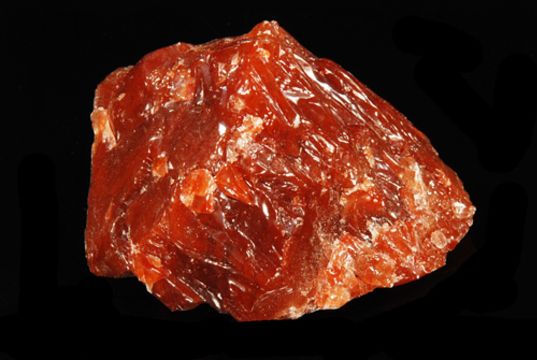
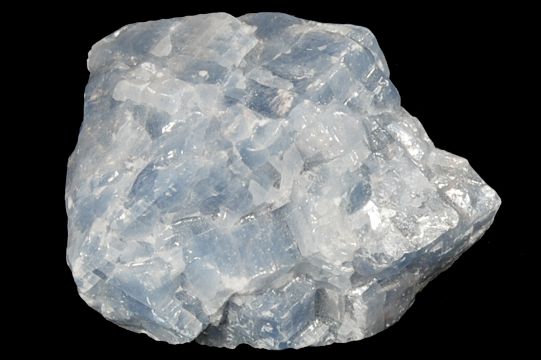
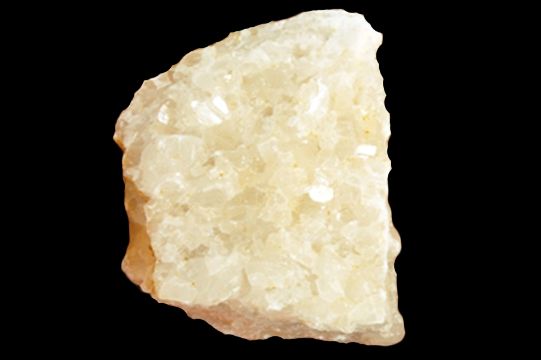
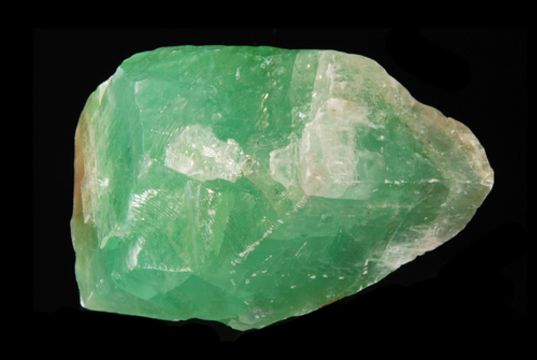
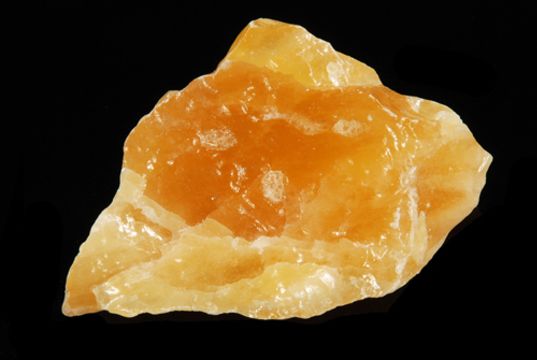
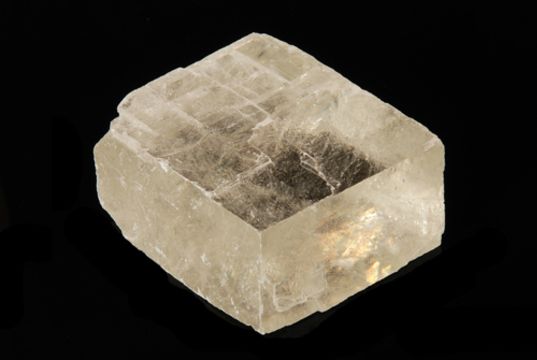
Calcite is truly one of the best collection type minerals. There are lots of interesting forms and varieties as well as colorful and beautiful specimens to collect. It is generally easy to identify using its rhobohedral cleavage, reaction to acid and double refraction and makes for a great classroom example of these properties. If it is not the significant mineral on a specimen, it might be an accessory to other wonderful minerals and only enhancing their attractiveness. With its many different forms, environments, associations and colors, a collector could never have all possible combinations of calcite covered.
Calcites are among the most varied and abundant crystals, and they happen in a variety of forms and colors.
Calcite is not the only calcium carbonate mineral. There are no less than three minerals or phases of CaCO3. Aragonite and vaterite are polymorphs (Latin for “many shapes”) with calcite, meaning they all have the same chemistry, but different crystal structures and symmetries. Aragonite is orthorhombic, vaterite is hexagonal and calcite is trigonal.
Origin Of The Name
The name Calcite is from the Greek word “chalx” which means “lime”
Interesting Facts
Calcite is one of the most common minerals on the earth.
Many sea organisms such as corals, algae and diatoms make their shells out of calcite, they pull carbon dioxide from the sea water to accomplish this.
Environmentally, calcite is very important and may have been quite important to the successful development of our planet in the past. By pulling carbon dioxide out of the sea water, this biological activity allows more of the carbon dioxide in the air to dissolve in the sea water and thus acts as a carbon dioxide filter for the planet.
Where Is It Found
Country’s of origin for Calcite are: almost every continent. Large deposits of brightly colored Calcites occur in Mexico and the USA.
Notable occurrences include Pugh Quarry, Ohio; Rosiclare, Illinois; Franklin, New Jersey; Elmwood, Tennessee; Brush Creek and other Missouri, Wisconsin, Kansas and Oklahoma localities, USA; Andreasburg, Harz Mountains and Saxony, Germany; Brazil; Guanajuato, Mexico; Cornwall, Durham and Lancashire, England; Bombay area of India; Eskifjord, Iceland; many African localities as well as others around the world with their own unique varieties.
What Do We Do With It
The main use of calcium carbonate is in the construction industry, either as a building material or limestone aggregate for road building or as an ingredient of cement or as the starting material for the preparation of builder’s lime by burning in a kiln. Calcium carbonate is also used in the purification of iron from iron ore in a blast furnace. In the oil industry, it is added to drilling fluids as a formation-bridging and filter cake-sealing agent; it is also a weighting material which increases the density of drilling fluids to control the down hole pressure. It is added to swimming pools, as a pH corrector for maintaining alkalinity. It has traditionally been a major component of blackboard chalk. Precipitated calcium carbonate (PCC), pre-dispersed in slurry form, is a common filler material for latex gloves with the aim of achieving maximum saving in material and production costs.
Fine ground calcium carbonate (GCC) is an essential ingredient in the microporous film used in babies’ diapers. GCC or PCC is used as a filler in paper because they are cheaper than wood fiber. It is widely used as an extender in paints, in particular matte emulsion paint where typically 30% by weight of the paint is either chalk or marble. It is also a popular filler in plastics. It is added to a wide range of trade and do it yourself adhesives, sealants, and decorating fillers. In ceramics/glazing applications, calcium carbonate is known as whiting, and is a common ingredient for many glazes in its white powdered form. When a glaze containing this material is fired in a kiln, the whiting acts as a flux material in the glaze. Ground calcium carbonate is an abrasive as an ingredient of household scouring creams. A paste made from calcium carbonate and deionized water can be used to clean tarnish.
High-grade optical calcite was used in World War II for gun sights, specifically in bomb sights and anti-aircraft weaponry. It is widely used medicinally as an inexpensive dietary calcium supplement or gastric antacid. It is also used in the pharmaceutical industry as an inert filler for tablets and other pharmaceuticals.
Metaphysical Uses
Clear Calcite helps clear energetic blockages, stimulates the third eye, and aids in releasing the past. Clear Calcite is the stone that provides clarity about out the correct path to take and helps one see possibilities for renewal, growth and creation that were previously hidden. Blue Calcite promotes inner vision, clairvoyance and telepath. Green Calcite helps one to resonate with love energy and to express compassion and goodwill toward others.
Clear Calcite can dissolve energy blockages, dispel density in the energy systems and stimulate energy flow throughout the aura. Blue Calcite can be helpful in clearing congestion in the lungs and respiratory system. It is a good stone for emphysema, as it stimulates the lungs toward greater expansion and utilization of oxygen. Blue Calcite is also used for headaches and is an excellent stone to us in the treatment of non-inflammatory diseases of the eyes. Green Calcite helps with clearing excessive plaque and blockages in the arteries. It brings a general air of health, energy and well being to the aura.
Physical Characteristics
Color: Extremely variable but generally white or colorless or with light shades of yellow, orange, blue, pink, red, brown, green, black and gray. Occasionally iridescent.
Luster: Vitreous to resinous to dull in massive forms
Transparency: Transparent to translucent
Crystal System: Trigonal; bar 3 2/m
Crystal Habits: Extremely variable with almost any trigonal form possible. Common among calcite crystals are the scalenohedron, rhombohedron, hexagonal prism, and pinacoid. Combinations of these and over three hundred other forms can make a multitude of crystal shapes, but always trigonal or pseudo-hexagonal.
Cleavage: Perfect in three directions, forming rhombohedrons
Fracture: Conchoidal
Hardness: 3
Specific Gravity: 2.7
Streak: White
Associated Minerals: Fluorite, quartz, barite, sphalerite, galena, celestite, sulfur, gold, copper, emerald, apatite, biotite, zeolites, several metal sulfides, other carbonates and borates and many other minerals.
Best Field Indicators: Crystal habit, reaction to acid, abundance, hardness, double refraction and especially cleavage.

Educational Videos
Kidz Rocks Mining White Calcite


